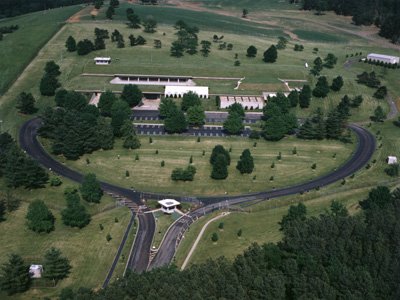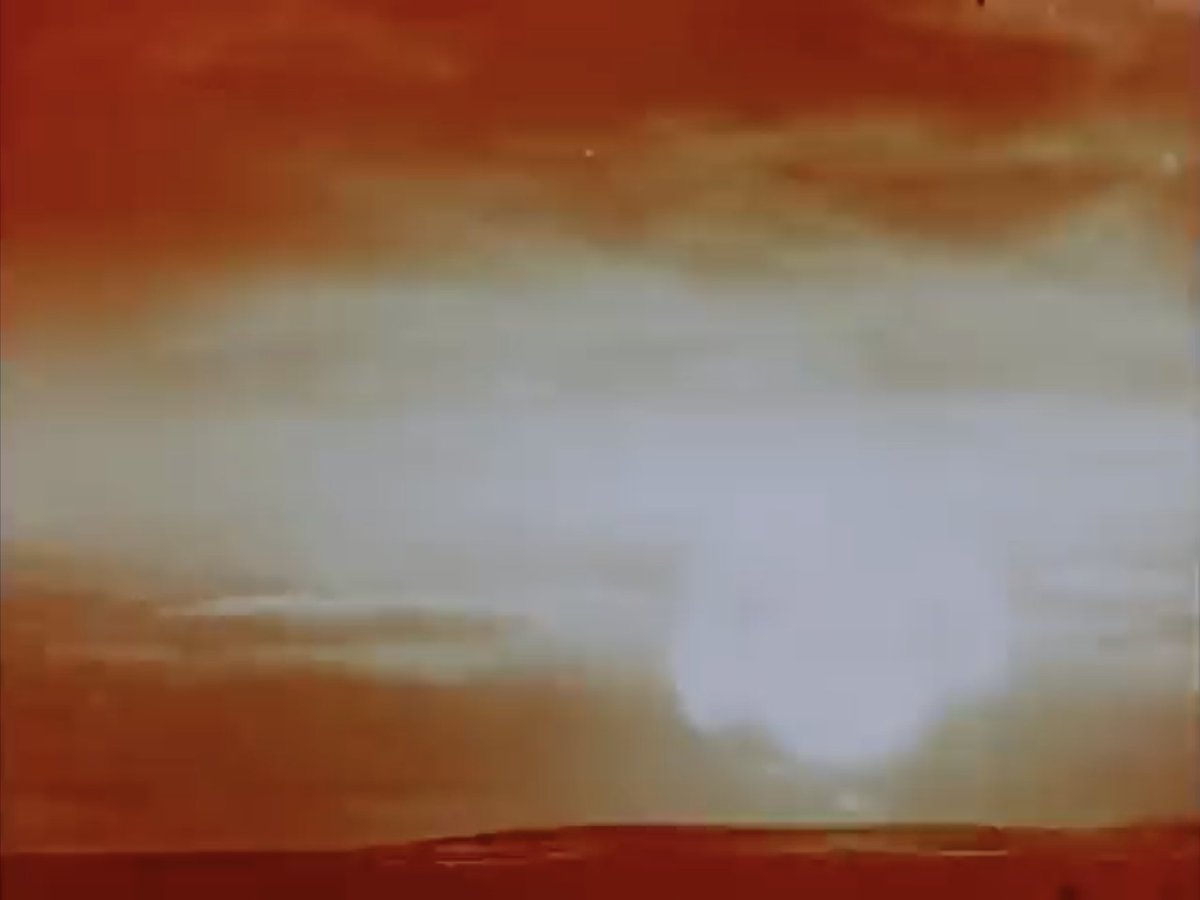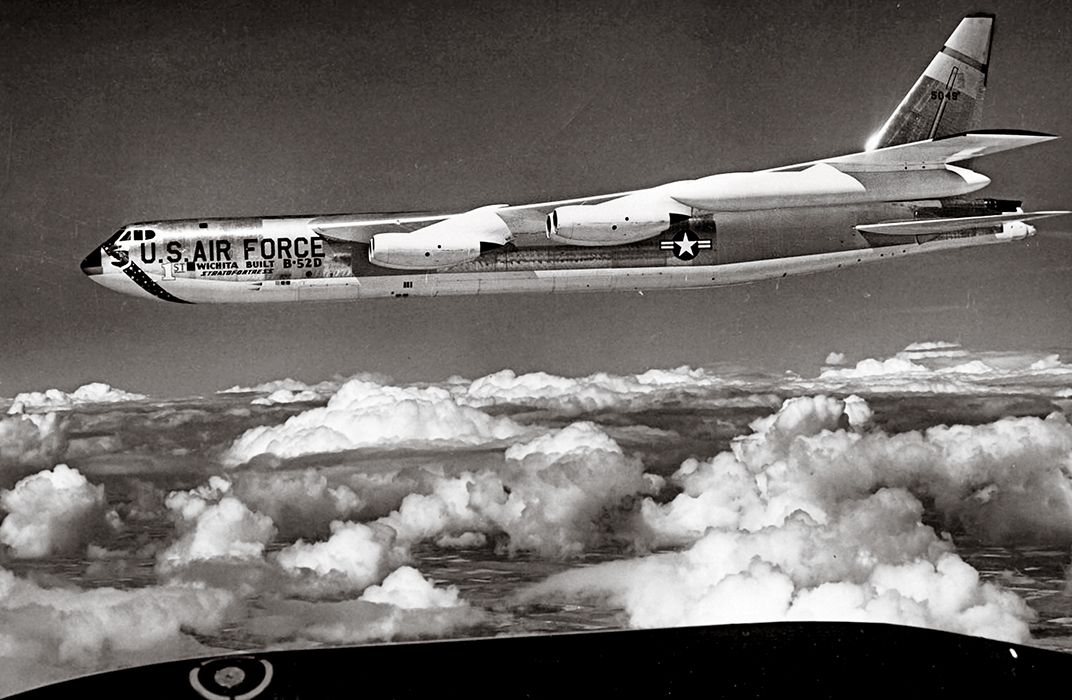
Today in 1999, Amb. Paul Nitze—an early and longtime architect of Cold War policies and former director of State Dept. policy planning, sec'y of the navy, deputy sec'y of defense, and arms control negotiator—advocated for the US to “unilaterally get rid of our nuclear weapons.” 

“I can think of no circumstances under which it would be wise for the United States to use nuclear weapons, even in retaliation for their prior use against us .... There is no good reason why [their complete elimination] should not be carried out now.” 

Nitze was part of a then-growing chorus of former military leaders, diplomats, and politicians who had correctly identified nuclear weapons as militarily useless and counterproductive, and (in many cases) publicly called for their elimination. These included Gen. Lee Butler ...
Gen. James Cartwright, Adm. William Crowe, Adm. Noel Gayler, Adm. Eugene Carroll, Gen. William Burns, Gen. John Cushman, Gen. John Galvin, Gen. Charles Horner, Adm. Robert James, Gen. Andrew O'Meara, Gen. Robert Pursley, Adm. William Read, Gen. Bernard Rogers ...
Adm. John Shanahan, Gen. William Smith, Adm. James Wilson, Gen. Merrill McPeak, and Gen. Colin Powell. In 2007, they would be joined by former secretaries of state George Shultz and Henry Kissinger, former @SecDef19, and former senator Sam Nunn: media.nti.org/pdfs/NSP_op-ed… 

• • •
Missing some Tweet in this thread? You can try to
force a refresh




















